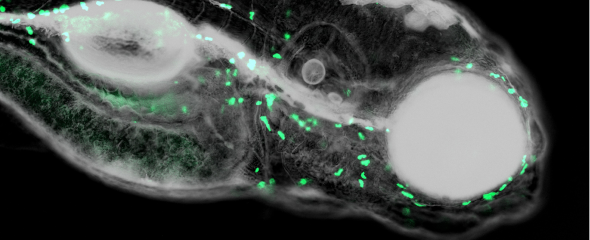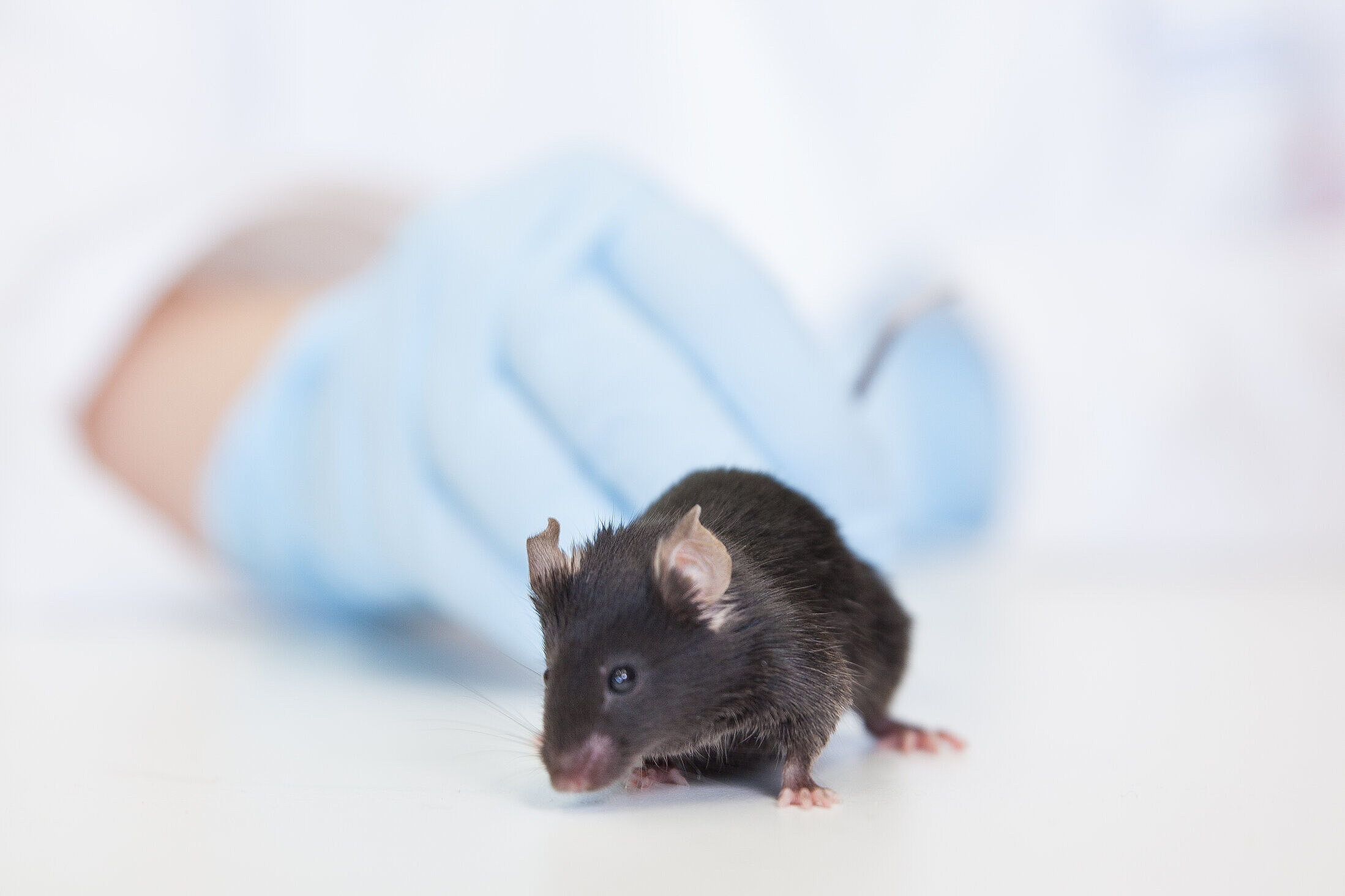The aim of research at the HZI is to develop new and faster diagnostic procedures, new active substances, for example against resistant germs, and new therapies against infectious diseases. The HZI is consistently committed to the so-called 3R principle with the aim of replacing animal experiments (Replace), reducing the number of laboratory animals (Reduce) and reducing the burden on laboratory animals (Refine).
More and more steps in infection research are now possible without the use of animals. Scientists have developed numerous alternative methods such as three-dimensional cell culture models, computer-based simulations or the zebrafish larvae model, for example. “In order to find out how a new infectious agent spreads in the body from the nose to the lungs and heart or how a new vaccine affects the overall immune response and whether it actually protects against a disease, experiments on animals are unfortunately unavoidable. However, we can cover more and more studies with alternative methods and thus reduce the number of animal experiments,” says Dr. Marina Greweling-Pils, head of the Core Facility of Comparative Medicine and animal welfare officer at the HZI. This development is also reflected in the number of laboratory animals at the HZI: In 2023, the number of animals used was 6339 (including 6297 mice, 32 rats and 10 hamsters), compared to 8851 in the previous year (including 8771 mice, 32 rats and 48 hamsters). By comparison, 11,042 animals (of which 11,028 mice and 14 rats) were used in experiments in 2019.
The complex interplay between the numerous cell types of the immune system and pathogens, as well as the safety and efficacy of active substances, cannot yet be fully mapped using cell culture and computer models. “There are many mechanisms in the immune system in particular that we still can't explain - and so we can't find a treatment for them if they don't work,” says Greweling-Pils. Research with organoids, which is currently being established at the HZI, offers a modern approach with which the necessary animal experiments can be further reduced in line with the 3R principle. Organoids are miniature models of human organs that are grown in the laboratory from stem cells. These delicate tissue structures mimic the three-dimensional architecture and function of real organs and thus offer the opportunity to better understand biological processes.
“We use the organoids, for example, to study diseases and screen active substances in a human context. We can modify the organoids with CRISPR/Cas9 technology to introduce specific genetic changes, for which transgenic mice often had to be used in the past,” says Prof. Josef Penninger, Scientific Director of the HZI and head of the newly established “Innovative Organoid Research” department. Organoid models modified with CRISPR technology offer a much faster and more cost-effective way to create human disease models and investigate the function of genes. They are therefore becoming increasingly important for biomedical research and could play an important role in the development of new therapies and drugs in the future. Nevertheless, even organoids cannot represent the entire complexity of the immune system, which means that the effectiveness of new drugs, for example, must ultimately be tested in animal experiments.
Further Information
Our 360° tour offers an insight into our animal facility and other laboratories at the HZI as well as videos with our scientists.
Correction: In an earlier version of the text, the numbers of laboratory animals for 2023 were incorrect. We have corrected the error.





